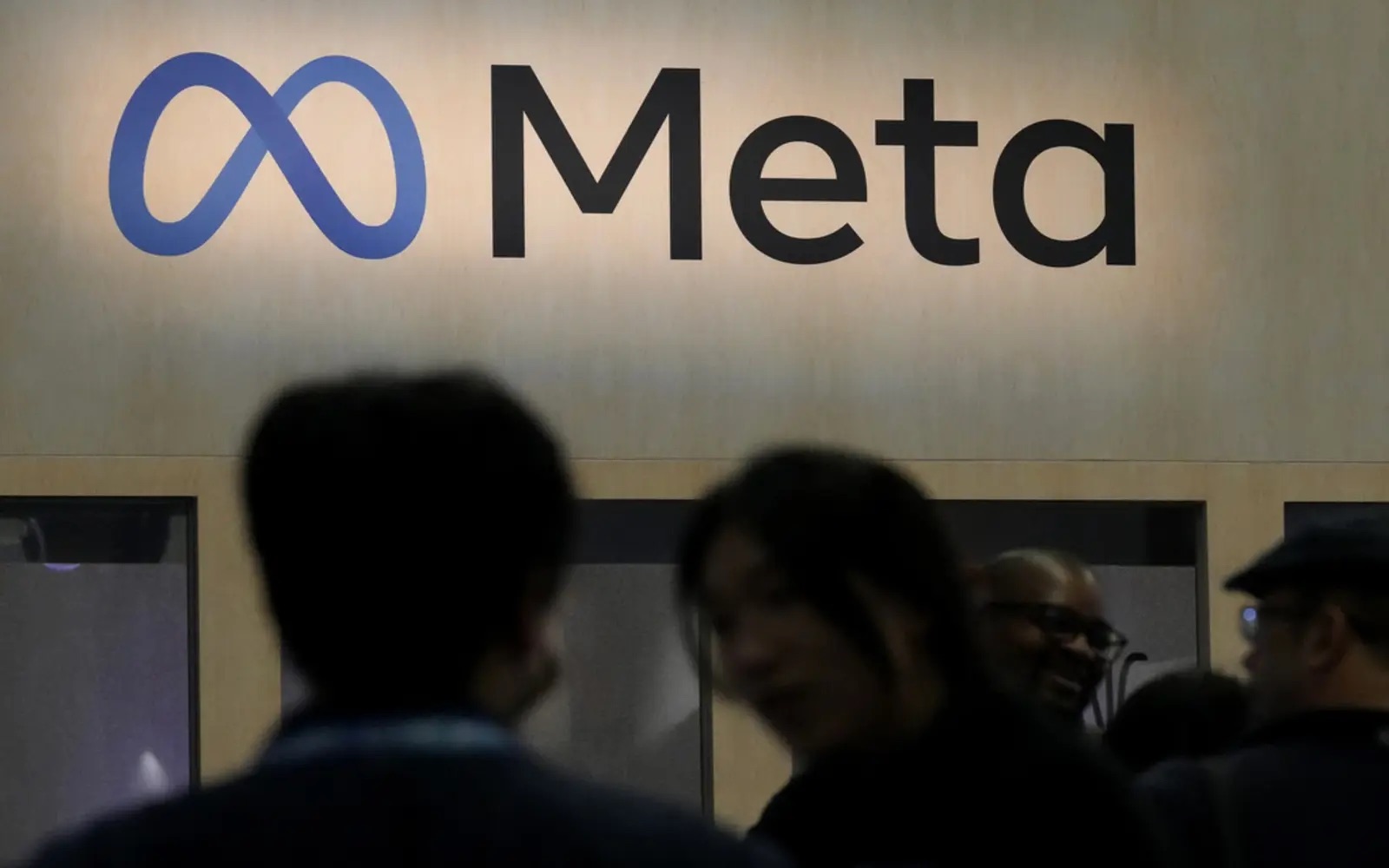
Meta, in collaboration with mobile network operators, is making waves in the realm of global internet connectivity. The tech giant’s ambitious 2Africa cable project, which stretches an impressive 45,000 kilometers, links three continents and is poised to significantly enhance internet capacity with its 24 fibre-pair system. This initiative underscores Meta’s commitment to expanding its digital infrastructure capabilities across the globe.
In a more audacious move, Meta has announced Project Waterworth, which upon completion, will be the world’s longest underwater cable system. This project aims to connect diverse regions including the United States, India, South Africa, Brazil, and others across a sprawling 50,000-kilometer sub-sea network. Notably, the cables will be laid at depths reaching 7,000 meters, setting new benchmarks in engineering and connectivity.
Ensuring Durability and Reliability in Connectivity
Meta’s efforts come at a time when over 95% of global internet traffic is transmitted through undersea cables. The company intends to “use enhanced burial techniques in high-risk fault areas, such as shallow waters near the coast, to avoid damage from ship anchors and other hazards,” ensuring the durability and reliability of this critical infrastructure.
The strategic direction of Project Waterworth diverges from more traditional routes, notably bypassing Europe and China. This shift in focus could be interpreted as “bolstering US economic and infrastructural power abroad,” as suggested by Prof Lehdonvirta. By connecting the US with major markets in the Southern hemisphere, Meta is potentially reinforcing its economic influence and infrastructure capabilities.
This trend of large technology companies independently funding sub-sea cable infrastructure is gaining momentum. As Prof Vili Lehdonvirta notes, “Over the past decade there has been a shift in which these cables are increasingly laid by large technology companies.” Meta’s initiatives reflect a strong desire to “own more of the connectivity slice,” according to industry analyst Paolo Pescatore.
Further illustrating the competitive landscape, Google is also making significant strides. The company is constructing the first sub-sea cable to link Africa and Australia. Additionally, Google has committed $1 billion to enhance connectivity to Japan with two new sub-sea cables in the Pacific Ocean. Currently, there are over 600 publicly-known sub-sea cable systems worldwide, with big tech firms like Meta and Google leading advancements in this space.
Project Waterworth’s Impact on Global Connectivity
Meta asserts that Project Waterworth “will enable greater economic co-operation, facilitate digital inclusion, and open opportunities for technological development in these regions.” By providing industry-leading connectivity to five major continents, Meta also aims to support its burgeoning AI projects.
Meanwhile, geopolitical considerations are not far from the forefront. In January, NATO launched a mission to increase surveillance of ships in the Baltic Sea following damage to critical undersea cables last year. Concurrently, a UK parliamentary committee has called for evidence regarding the UK’s resilience against potential disruptions to its undersea cable infrastructure.
Author’s Opinion
Meta’s ambitious infrastructure projects, while providing immense benefits for global connectivity and AI, should also be approached with caution in terms of geopolitical dynamics and security risks. With major players like Google also advancing similar initiatives, the competition in the undersea cable market is heating up, making the stability and security of these critical networks increasingly important.
Featured image credit: FMT
Follow us for more breaking news on DMR
